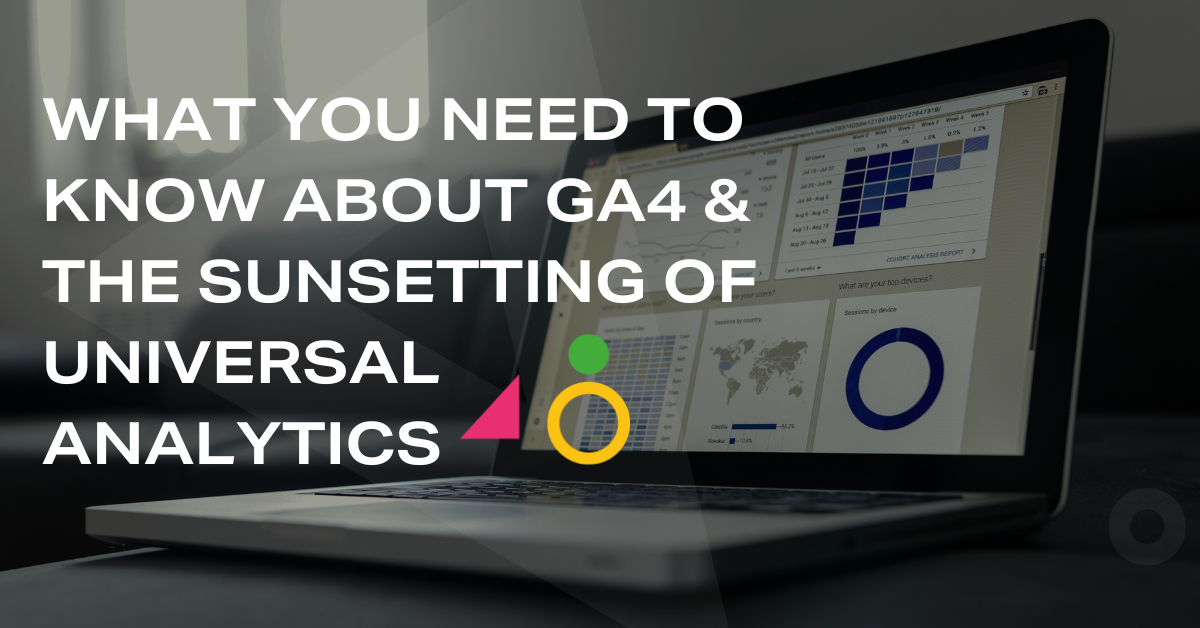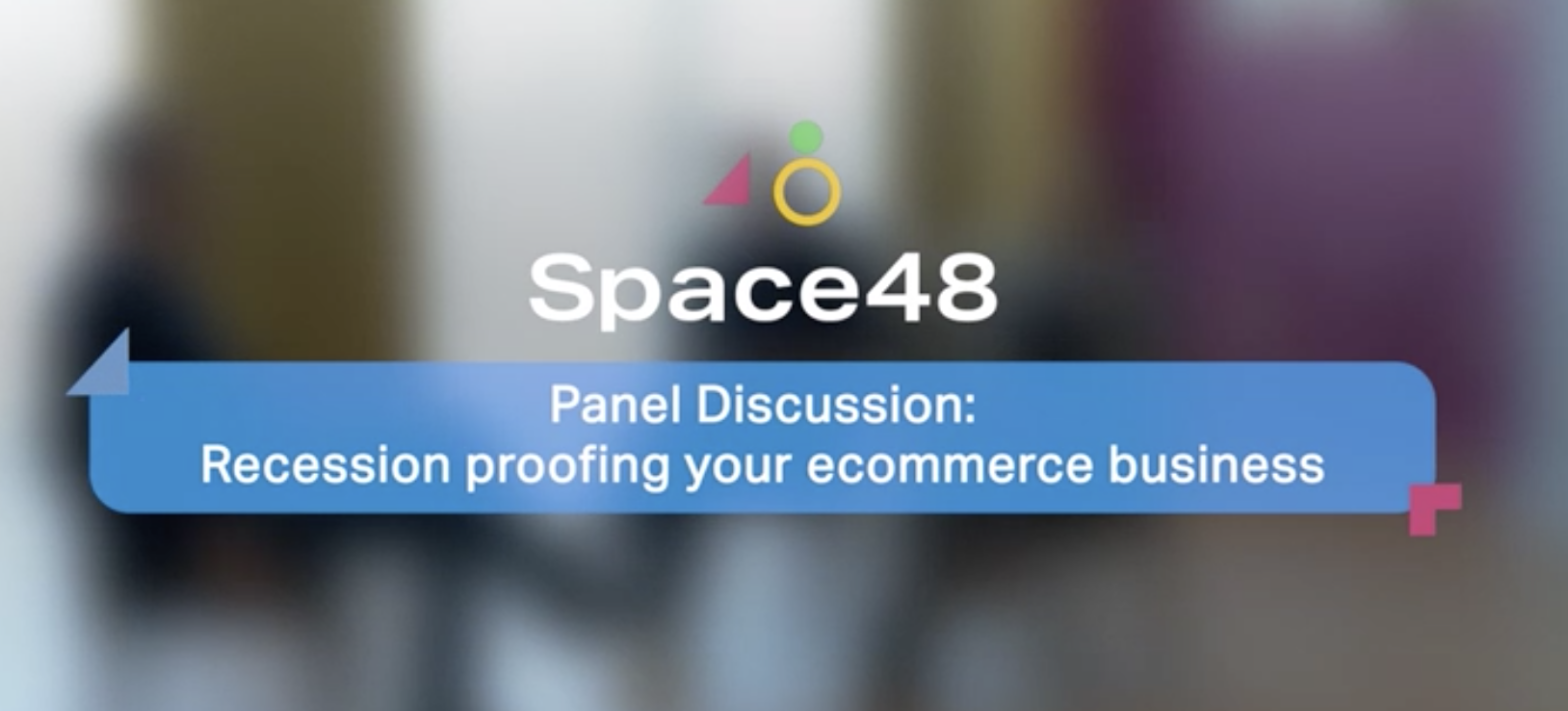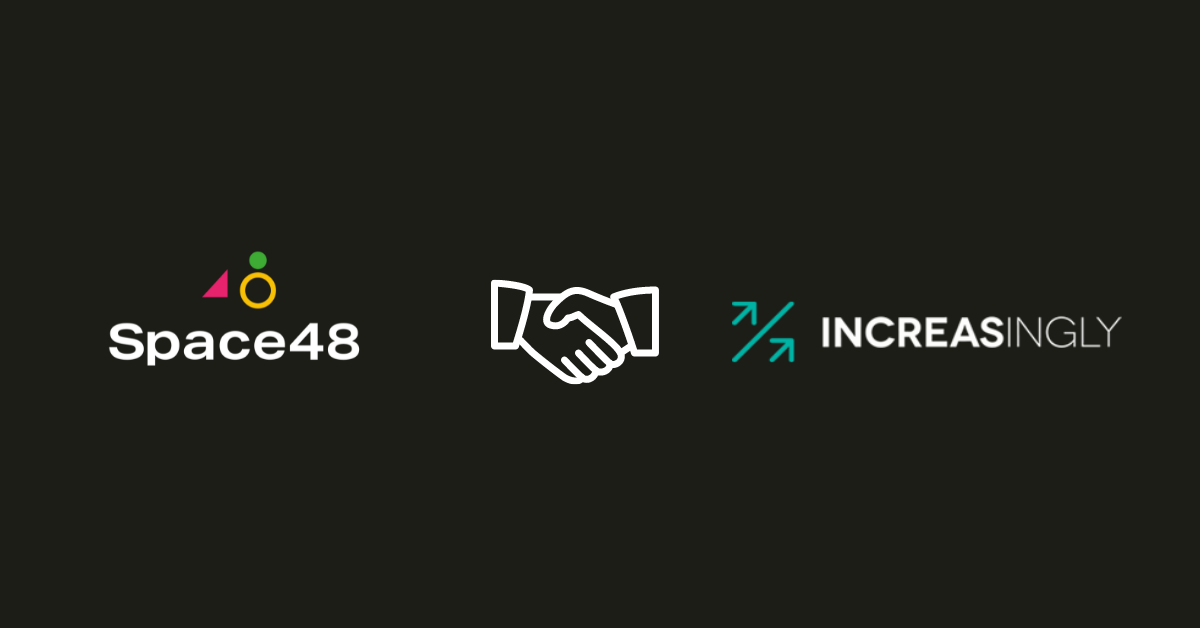
Content marketing for ecommerce – outreach
Using social media and PR to boost your website
There are many elements to factor in when devising a content marketing strategy. In the first two instalments of our three-part series on content marketing for eCommerce, we examined onsite content and email marketing. For the final part, we’re concentrating on outreach and how it can be used to help your business.
Outreach means different things to different people. But in content marketing terms at least, the two most important disciplines are social media and PR.
What is social media?
Social media enables users to share content with the world and to network online.
There are countless sites out there but the most significant in terms of user figures and potential engagement levels include; Facebook, Twitter, LinkedIn, Pinterest, Google+, YouTube, Instagram and Vine.
Omni-channel (or cross channel) marketing is becoming the norm. Social can be treated as an extension of your shop-front. You should interact with customers in the same voice as you would in store, on your website on the phone or in your emails, ensuring a consistent brand message.
You can post updates and manage your social media accounts directly through each site. Alternatively, you can use third-party scheduling platforms such as Buffer and SocialOomph to plan updates throughout the day, these can leave you feeling slightly detached from your audience if you’re not careful; just make sure that your messages are always relevant and avoid too much repetition. Meanwhile, third-party management platforms such as Hootsuite and TweetDeck can be incredibly helpful for power users that need to constantly monitor and update multiple accounts.
Why do I need it?
Social media gives eCommerce businesses a fantastic opportunity to promote themselves and their products or services to the outside world.
You can share images, videos and site links of new items in store. Competitions and sales can be promoted, with countdowns to leverage immediacy. If you have a new partnership, design or service, it’s a great place to share your story with the world.
33% of users even prefer to contact brands using social media rather than the telephone. (Nielsen)
67% of consumers have used a company’s social media site for servicing, compared with 33% for social marketing. (J.D. Power and Associates)
Most importantly, it is a place for the consumer and the business to have a conversation. To really engage and interact with one another on a more personal, even emotional level. Not everything is about sales and complaints. The eCommerce businesses that typically achieve the best results are those that treat it as a lifestyle option. For example: A shoe retailer shouting about brands that they love, creating short videos, and asking their clients to share photos of places they’ve been in their new shoes. Or perhaps a craft store sharing patterns, projects and ideas created in-house by their devoted customers.
Social media may not be directly linked to conversion although its importance shouldn’t be underestimated. It can play a vital role in the early stages of the conversion funnel by building brand awareness and brand loyalty as well as drawing attention to key promotions. It could be the first channel they discover you on, a link shared via a friend or a trusted peer; the power of social influence is a strong phenomenon.
What channels should I use?
The decision on which channels to use will depend to a large extent on factors such as the products and services that you’re hoping to promote, the demographics that you’re targeting and the goals that you’ve set yourself.
When devising your social media strategy, it makes sense not to rule out any channels to begin with but instead to research your competitors and audience. By examining each site you should soon be able to discount some altogether and focus on the remaining few that offer the greatest potential returns.
For example, if you sell lots of visually appealing products that are associated with a particular lifestyle (say you sell branded skiwear targeted at winter sports enthusiasts), you may well find that image-led sites such as Pinterest and Instagram are the most appropriate, Google+ can also be very strong in that area. By contrast, if you sell high-value services to other businesses (say high-speed broadband packages targeted at major corporates), it might be wise to focus your efforts on LinkedIn and Google+, both of which are popular with companies and business leaders and perhaps Twitter for lighter conversations or YouTube for thought leadership.
Each of the platforms are evolving as we speak and if you plan this well you can create a perfect, fully interlinked user journey. Twitter has implemented cards, which can share extra information like a product and price, news, videos, and more, stretching your 140 characters that little bit further by simply adding a couple of lines of code on your site. Also, LinkedIn now has a blogging platform where your staff can share their expertise in your name. If your eCommerce site has a news feed or blogging platform then you would be losing out if you didn’t have social buttons for your audience to easily share the news among their network!
What should I write about?
The key to social media is writing posts that engage your audience. Your aim is to produce content that interests your target demographics, inspires them to respond, motivates them to share it with their network, or even encourages them to buy your products or services.
To maximise engagement levels, it’s not enough to simply produce one piece of content and post it across all your social sites. Each platform has its own unique characteristics ‚Äì for example, Facebook allows you to write much longer posts than Twitter, so it invariably pays off to produce a more in-depth version for Facebook and a more succinct version for Twitter.
Keep the visuals attractive and appealing and the calls to action tempting. You generally have a few seconds to engage someone, use them wisely!
Aim for as much variety as possible in your updates to create a fully rounded personality. This means interspersing your promotional posts with links to relevant news stories, fun items, direct conversations, sharing positive feedback with your followers and much more besides. Remember that just because people are following you on these platforms, it doesn’t necessarily mean that they want to receive constant sales pitches from you.
What elements should I include?
There are no firm rules for what works and what doesn’t on social media, so the trick is to be guided by your audience. Understand what motivates them.
You can start by checking out the accounts of your competitors for inspiration. If one of their ideas generates plenty of engagement it’s worth considering how it could be translated to your brand, whereas if something disappears without trace it’s worth making a mental note to avoid making the same mistake. But, do not fall for the trap of simply copying, consumers are clever, find your own, unique voice, style and approach.
There’s plenty of research to suggest that posts incorporating rich media such as photos or videos are more likely to engage users than plain text, partly because people process visuals 60,000 times faster than text ‚Äì these photos and videos can be uploaded directly, or you could share them via third-party sites such as Flickr, Instagram, Pinterest, Vine or YouTube. It’s also a good idea to link to external content, such as interesting stories in the media or new posts on your blog. If you link back to your site, ensure that the landing page is relevant to the post.
Meanwhile, running competitions is a great way to raise your company’s profile ‚Äì the retweet-and-follow formula used on Twitter, for example, works by incentivising your fans and followers into becoming brand advocates, however use this sporadically to spark interest and avoid annoyance. Businesses with larger budgets may want to consider paying for sponsored posts on Twitter and Facebook, which enables you to reach out beyond your current followers and engage others in your target demographics.
When should I post on social media?
The guiding principle for when to use social media is to time your posts for when your audience is listening.
This will vary greatly depending upon the channels that you’re targeting. LinkedIn is very corporate so updates during office hours typically have the best chance of gaining traction, while Pinterest is much more lifestyle-orientated so posts on weekends are likely to go down well.
If you’re not sure when is best, a good strategy is to try uploading similar posts across a range of different times of the day and days of the week. Then record how the audience responds on each occasion, look to see if any trends emerge and focus on those times that generate the greatest levels of engagement. Sprout Social has a feature ‚ÄòViralPost’ in which you can queue up your posts and it will determine when the optimum time to publish on to Twitter and Facebook. My personal favourite is SocialBro which creates a ‘Best Time To Tweet‘ timetable for the weekly hotspots for you, only available for Twitter but well worth the insight.
How do I know if it’s working?
The first step towards testing whether or not your strategy is working is to define your goals. If your main target is to boost audience engagement, you may find that the in-house analytics tools provided by the likes of Twitter and Facebook are sufficient. For more detailed and actionable insights, you may want to turn to paid-for platforms such as Heartbeat, Sprout Social or SocialBro.
If your goal is to boost conversions, however, you should aim to complement this information with data from Google Analytics. Google’s platform shows you what proportion of your website traffic comes from social channels, you could also set up multi-channel funnels to find out what percentage of your conversions can be traced back to an interaction on social media.
What is PR?
You could have the best product or service in the world, but if potential customers don’t know that you exist, or why you stand out from your competitors, your business will never reach its full potential. Public relations (PR) is the way that businesses or individuals communicate with the public through the media and editorial coverage.
PR professionals use a variety of methods to create effective PR campaigns relevant to a particular business and its needs. Online viral campaigns, thought leadership reports, and stunts are some examples of effective strategies that can be employed to achieve press coverage. Campaigns can be small and launch just one product or service or they can be long-term and involve in-depth reputation building. Thought-leadership articles and advice pieces are great opportunities to show off industry knowledge and expertise.
There are countless media publications that you could reach with your content, whether its consumer publications, B2B magazines, nationals, regionals, online, print or broadcast. PR campaigns can be run seamlessly alongside your social strategy. Have a good look around to find the right PR solution (be it agency or a freelancer) for your brand, everyone has their own way of doing things.
Conclusion
You need to think carefully about the different options when it comes to social media and PR. Who is your target audience? How do you want your target audience to view your brand? What messages do you want to get out there? Speaking with an expert will help you to weigh up the options and decide the right direction for your business.
Throughout our three-part series on content marketing for eCommerce we have seen one recurring theme, the need for consistency throughout your content marketing strategy.
This spans all the topics we have discussed: onsite content, email marketing, and social media and PR.
Each of these elements works into the next, and it’s important for customers to see uniformity across all of your content. This is to maintain a consistent brand image and to uphold their trust in the reliability of your brand.
As we talked about in our email marketing blog post, the key to a successful email marketing strategy is to test different techniques and refine your approach as you get the results. This can be said for social media, PR and onsite content, too. You need to be mindful not to spam your customers with confusing messages, but the likelihood of getting all of these elements right the first time is very low.
Be patient, try new things, and be creative with all of the content that represents your brand. Although it can sound overwhelming, all of these elements of your business provide you will an amazing opportunity to have fun with your brand’s image.








